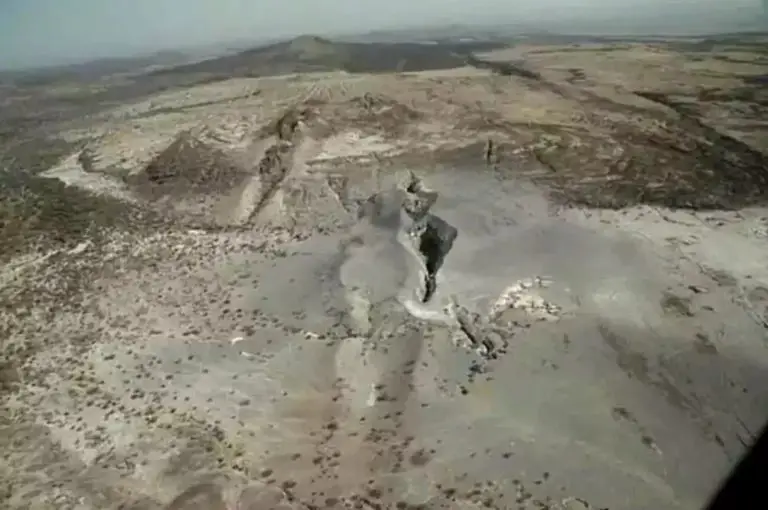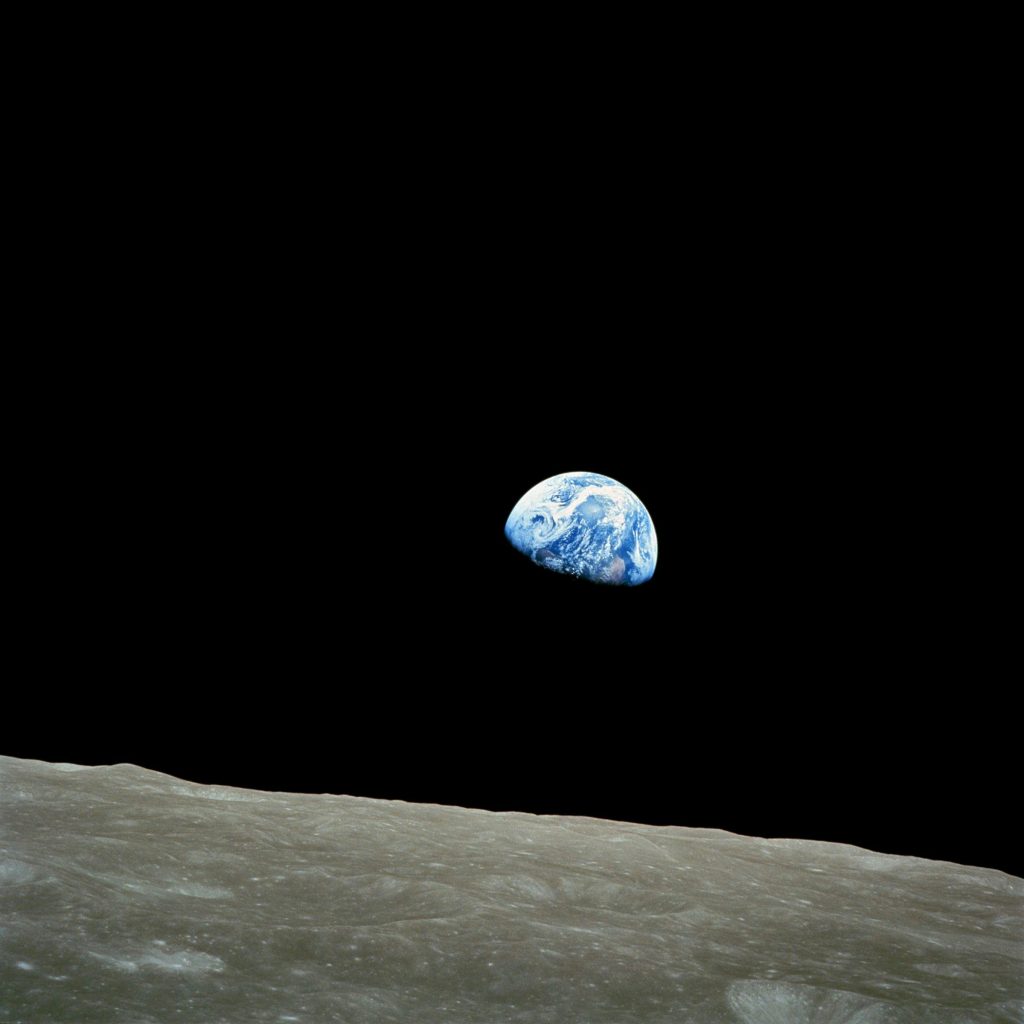Scientists have proposed several theories about the ongoing geological activity in Africa, suggesting that the continent may eventually split into two separate landmasses. This process, driven by tectonic plate movements, was highlighted when a significant crack appeared in Kenya in 2018. This event has sparked discussions on the geological dynamics at play.
Continental drift, the gradual movement of Earth’s tectonic plates, has been reshaping the planet’s surface for millions of years. Africa is currently experiencing such changes, particularly in the Great Rift Valley region. Some scientists believe the African tectonic plate is breaking apart, which could ultimately create new coastlines for countries like Zambia and Uganda.

Geologists, including Lucía Pérez Díaz from Royal Holloway University of London, theorize that the rift’s formation could be influenced by a combination of tectonic activity and soil erosion. As softer soils fill rift-related faults, surface cracks emerge, indicating deeper geological changes. Over tens of millions of years, these rifts may extend to the coast, allowing the ocean to flood in and effectively split the continent.
A similar event occurred about 450,000 years ago when the British Isles were separated from mainland Europe due to erosion in the English Channel, resulting in a catastrophic flood. This historical precedent supports the possibility of Africa undergoing a comparable transformation, although on a much larger scale and over a much longer timeframe.




